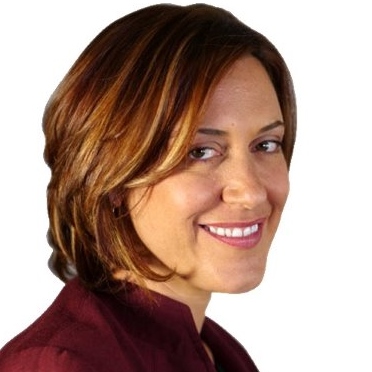
News

Time for Netanyahu to stop fence sitting on the Wall
PAULA SLIER
However, the approval was attained using a special regulation that calls for the fast tracking of renovations at sites that need to be made accessible to the handicapped, rather than by approving the more comprehensive plan originally agreed upon.
The Attorney General’s office has criticised the move, saying that Netanyahu is trying to “slip through” expanding the egalitarian site under the pretext of making the area accessible for the handicapped.
Speaking to the SA Jewish Report, Gilad Kariv, the Executive Director of the Israel Movement for Reform and Progressive Judaism, one of the driving forces behind the proposed plan, agrees.
“We have no reason to rejoice… We see the government continuing to cave into ultra-orthodox pressure instead of being bold and brave and saying this is what we are doing, this is our responsibility for the unity of the Jewish people.”
Kariv accused Netanyahu of using “legislative manipulation” to approve something that “should have been approved a while ago in a transparent and coherent way”.
At the moment, there is a temporary egalitarian prayer section near Robinson’s Arch on the south side of the Western Wall that was constructed in 2013. Two years ago, the Israeli Cabinet voted to expand the area, but religious parties who’d earlier given de facto consent, suddenly got cold feet and threatened to withdraw from the government. Netanyahu, facing corruption charges and nervous that his coalition would collapse without the ultra-orthodox, cancelled the expansion plan, promising instead to compensate non-orthodox Jewish groups with a broader deal that would grant them greater rights at the holy site. He was accused of betrayal, backtracking, and giving “a slap in the face to the Jewish diaspora”. The prime minister is between a rock and a hard place. He’s angered everyone on this issue, which even now is far from resolved.
Last month a large boulder in the Wall dislodged and narrowly missed a woman praying below as it fell onto the disputed site. The Israel Antiquities Authority said it might have been caused by erosion due to vegetation or moisture, but religious politicians and rabbis suggested it was because of the demand to have a mixed-gender prayer site.
The irony is that for generations, women and men prayed together at the Wall, as shown by photographs dating back to the mid-1800s. Separate prayer sections is a relatively new phenomenon. It was only after Israel gained control of the Old City of Jerusalem in 1967 and the army transferred authority of the site to the religious affairs ministry that the Western Wall fell under orthodox rule. It resulted in the separation of men and women with a high fence, and forbidding women to pray in loud voices or with accessories that orthodox Judaism deems the domain of men, like kippot, tallitot (prayer shawls) and Torah scrolls.
Reform and conservative Jews have always wanted to pray together, and were unhappy with the restrictions, but did little over the years to change the regulations. However, in 1988, a group of English-speaking women from the United States, Canada, and England arrived in Israel to attend the first International Jewish Feminist Conference. When they went to the Wall and tried to read from the Torah in the women’s section, they were attacked by angry ultra-orthodox bystanders. Hence, the group “Women of the Wall” was born, heralding a series of court cases, appeals, special commissions, and fiery parliamentary debates over the Wall’s status and women’s rights. Each month, the group holds controversial prayer services in the women’s section, irking orthodox Jews whose rules permit only men to lead prayers.
In recent years this has become one of the most contentious issues between Israel and American Jewry. Most Israelis are not enthusiastic about changing the status quo at the Wall – even though they are secular – but for American Jews, most of whom are affiliated to non-orthodox movements, this is a big deal. They care a great deal about the Wall and where they can pray.
Rabbi Steven Wernick, the head of the conservative movement in North America, put it most succinctly when he said, “Just like we want diaspora Jews to support Israel, we want Israeli Jews to understand and support the diaspora.”
Polls suggest that more than 70% of American Jews support an egalitarian prayer space, while only 21% oppose it. Among Israelis, the figure is more balanced, with 42% in favour, and 48% against.
At stake is not only what some fear is a growing crisis in Israel-diaspora ties, particularly those with American Jewry, but the Israeli government’s long-time pandering to the needs of the ultra-orthodox minority who have an oversized influence over Israeli politics. Netanyahu will need to choose a side, because continuing to try to satisfy both the ultra-orthodox and the reform/conservative movements will not work.




